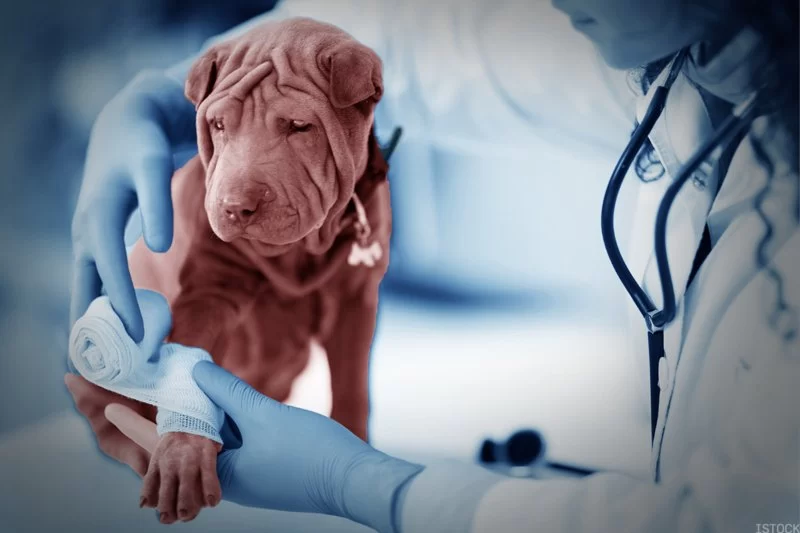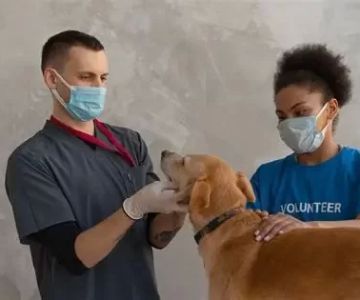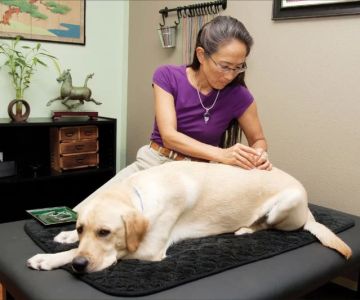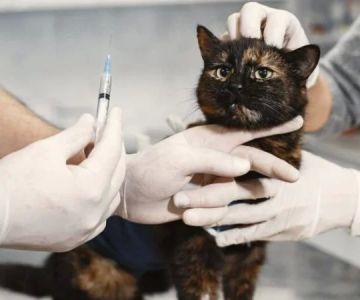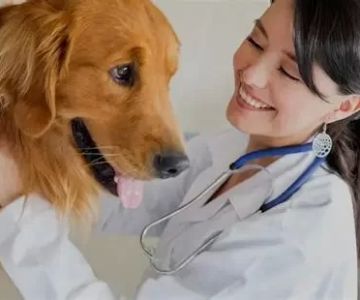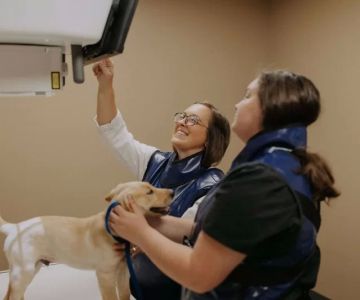Do You Need Physics to Become a Veterinarian? Everything You Should Know
- why-physics-is-part-of-veterinary-prerequisites
- what-vet-schools-require-and-how-they-differ
- how-physics-is-actually-used-in-veterinary-medicine
- student-perspectives-and-real-experiences
- how-to-prepare-for-physics-if-youre-not-a-math-person
- turning-requirements-into-opportunity
1. Why Physics Is Part of Veterinary Prerequisites
So, do you need physics to become a veterinarian? The short answer is yes—most accredited veterinary schools in the U.S., Canada, and Europe require at least one or two semesters of college-level physics as part of their admission prerequisites. Physics may not seem directly related to animal care at first glance, but it's foundational in understanding key principles like fluid dynamics, thermodynamics, and diagnostic imaging.
From interpreting X-rays and ultrasounds to understanding how blood circulates under pressure, physics plays a silent but powerful role in veterinary medicine. Without it, many modern technologies and treatments wouldn’t be possible.
2. What Vet Schools Require—and How They Differ
2.1 General Admissions Criteria
While every veterinary school sets its own admissions policies, the vast majority include physics alongside biology, chemistry, organic chemistry, and math. For example, institutions like UC Davis, Cornell, and the Royal Veterinary College (RVC) list physics as a standard requirement for application.
2.2 Programs That Are More Flexible
There are a few schools that may waive physics requirements under specific conditions, especially for non-traditional students or international applicants. However, even in those cases, having physics on your transcript can strengthen your application significantly.
3. How Physics Is Actually Used in Veterinary Medicine
3.1 Diagnostic Imaging and Equipment Use
Understanding how X-rays, MRIs, and CT scans work isn’t just for radiologists. Vets regularly rely on these tools to diagnose fractures, tumors, and internal injuries. Knowing the physics behind imaging helps ensure accurate interpretation and safer handling of radiation-emitting devices.
3.2 Surgery and Anesthesia
Fluid flow during IV drips, oxygen regulation under anesthesia, and even the way surgical tools interact with tissue are governed by physical laws. A solid grounding in physics allows veterinarians to make real-time decisions that are safer for the animal.
4. Student Perspectives and Real Experiences
Take Lily Thompson, a third-year vet student at Colorado State University. She admits physics wasn’t her strong suit in undergrad, but she now sees its value daily. “I never thought understanding pressure gradients would help me adjust IV fluids for a collapsed cat, but here we are,” she said during a student Q&A panel.
Similarly, a Reddit thread from pre-vet students revealed that while physics was one of the more challenging prereqs, many agreed it prepared them for vet school’s analytical rigors—especially in radiology and pharmacokinetics.
5. How to Prepare for Physics If You’re Not a Math Person
5.1 Focus on Conceptual Understanding
If equations and numbers aren’t your forte, don’t panic. Many students succeed by focusing on the conceptual side of physics. Instead of memorizing formulas, try to visualize how physical forces apply in real-world situations. How does pressure affect a cat’s lungs during CPR? Why does an IV line slow down if the bag is lowered?
5.2 Use Vet-Relevant Study Materials
Look for resources that relate physics concepts to animal care. Some programs offer pre-vet specific tutoring, and platforms like YouTube and Coursera have free courses that present physics in a practical, less intimidating way. Consider investing in study guides that focus on veterinary applications—it can make all the difference.
6. Turning Requirements into Opportunity
So, while the answer to "do you need physics to become a veterinarian" is mostly yes, the better question is: how can you make the most of it? Instead of viewing physics as a hurdle, consider it a toolkit—one that empowers you to become a more competent, confident veterinarian.
At the end of the day, veterinary medicine blends science, empathy, and precision. Physics supports all three. And if you're serious about this path, investing in mastering physics will pay off—not only in admissions, but in every diagnosis, treatment, and procedure you perform.
Ready to take the next step in your journey toward becoming a vet? Explore our curated collection of pre-vet resources, tutoring services, and application prep tools to help you succeed from day one. Your dream deserves more than hope—it deserves preparation.

